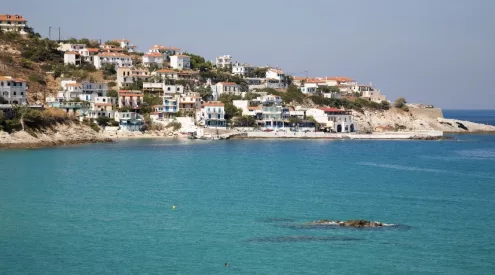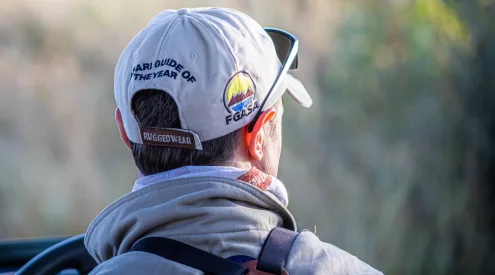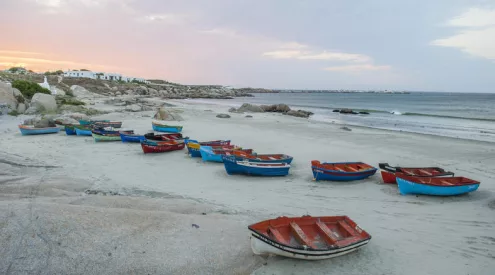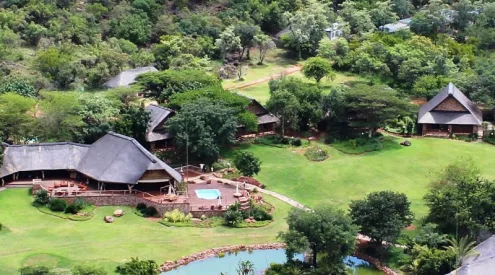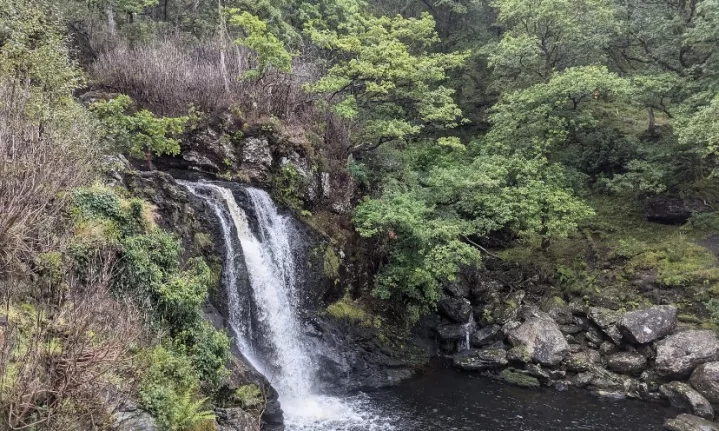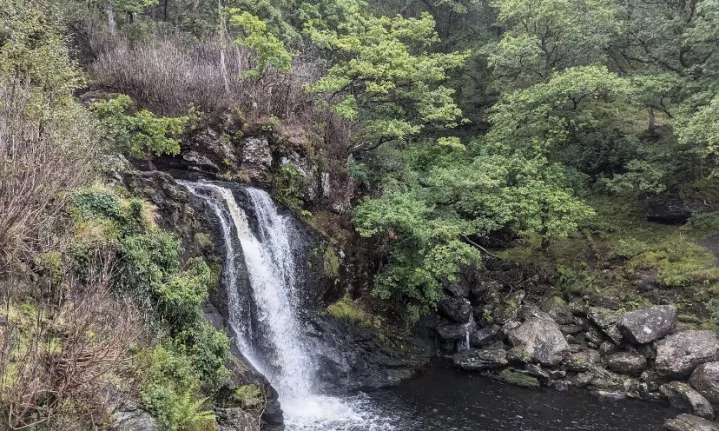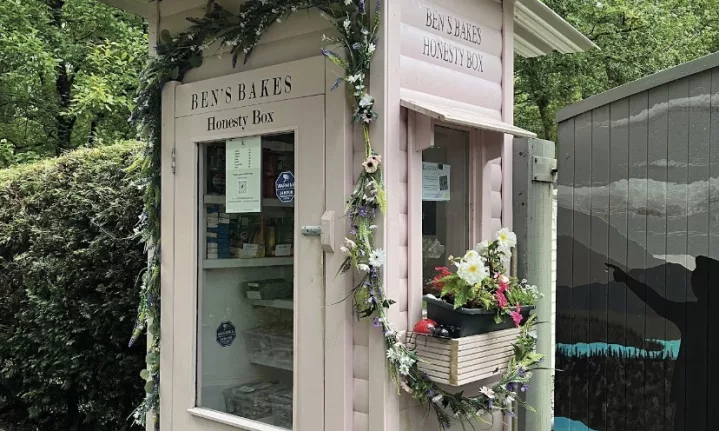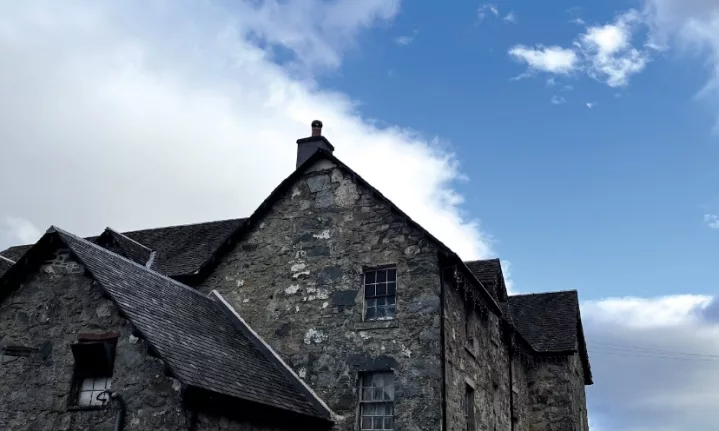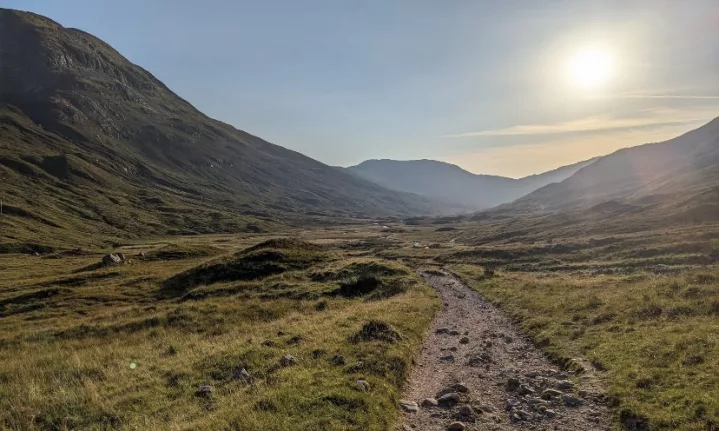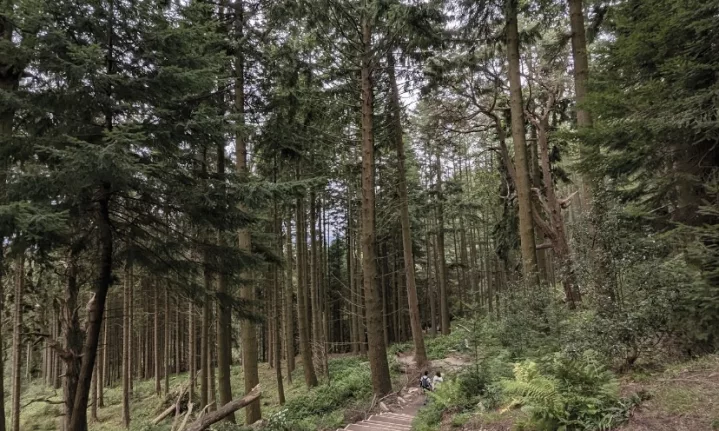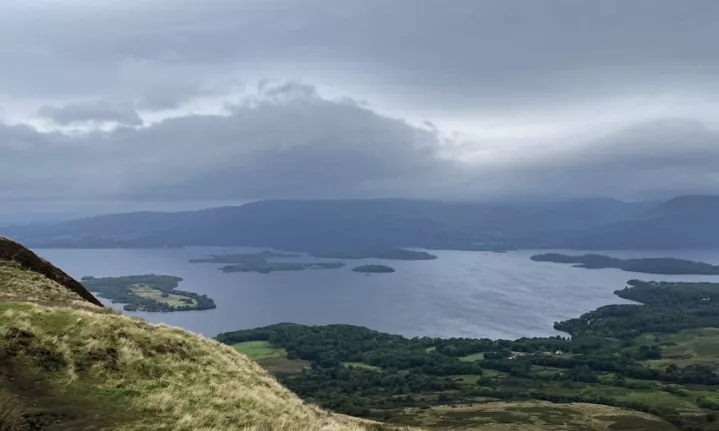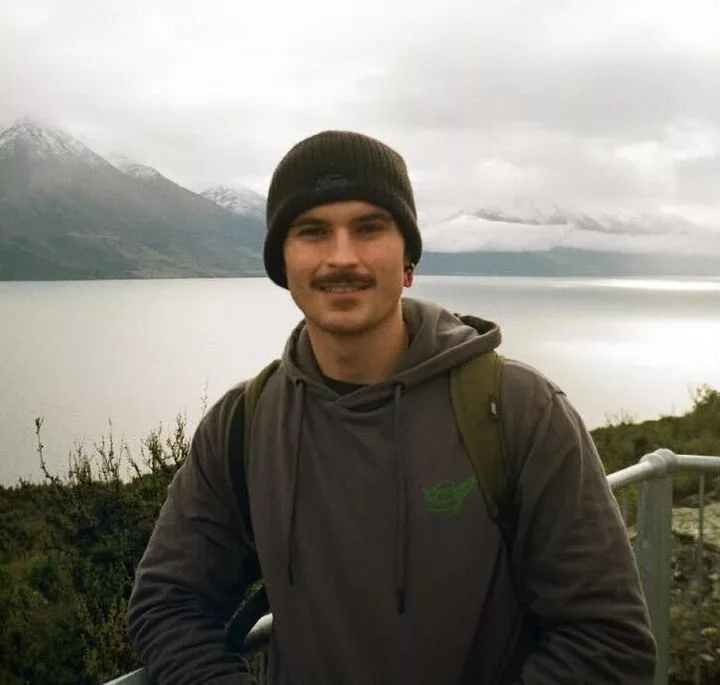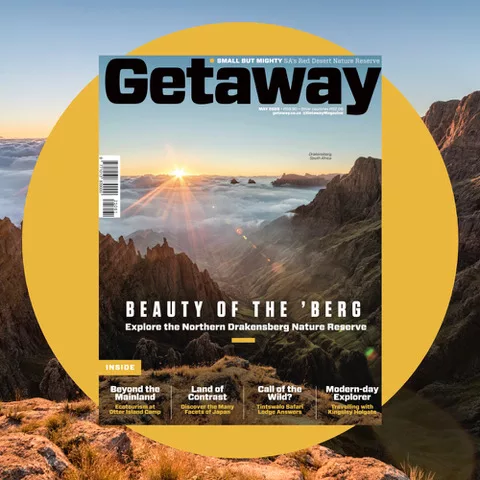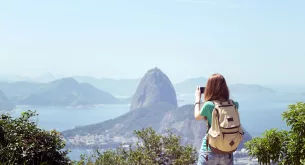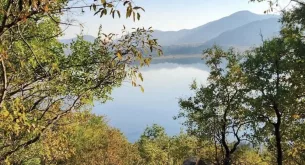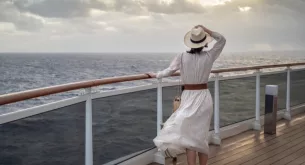Snaking through the Scottish Highlands, skirting the shores of Loch Lomond and resting at the foot of Ben Nevis is the West Highland Way – a bucket-list, long-distance trail not to be missed for adventure seekers and casual hikers alike.
The Way spans 154 km through a breathtaking landscape with structures dating back to the 1400s and lochs, caves and battlegrounds that feature many fireside stories. Every year, more than 4 000 people complete the West Highland Way, yet the trail retains a rustic feel and, in many parts, remains untouched.
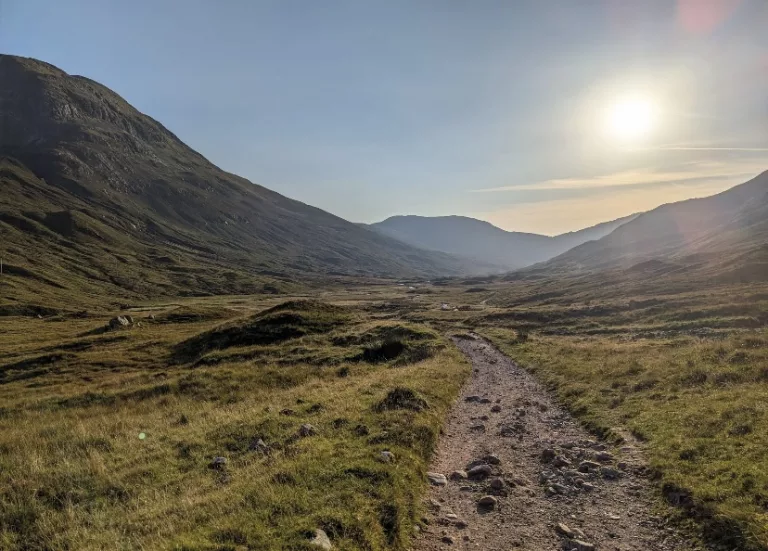
My journey to the West Highland Way began as any great adventure does – very early in the morning and running (weighed down by an enormous rucksack) to make the first train out of the city. What followed was a unique experience that left me itching to return just moments after my last step.
The entrance to the Way is in a small town, Milngavie, pronounced nothing like how it is spelt. During the sunnier months, the train from Glasgow city centre to Milngavie ushers in a steady stream of tortoise-shell silhouetted travellers armed with walking poles and, hopefully, a good supply of extra socks.
In the town centre stands a small obelisk beckoning walkers to the official start of the trail. The obelisk has a geometric thistle stamp, the symbol of the West Highland Way you find throughout the journey as it continues to guide you in the right direction.
What you’ll need
Deciding where to start and what to prioritise can feel daunting if you do not already own hiking equipment. Consult the endless online resources, including the official West Highland Way site, which lists detailed packing essentials. Luckily, these are pretty straightforward, and the only speciality gear you’ll need is a head net to keep midges at bay.
There is then the question of where to stock up and where to do so affordably. Scotland’s landscapes and trails are an outdoor adventurer’s dream, so you won’t struggle to find what you need.
Buying equipment as an investment or to sell before you leave is surprisingly cheaper in the UK than in South Africa, so don’t rush to stock up at home in fear of the exchange rate. Mountain Warehouse in Edinburgh and Glasgow has everything you need and often has fantastic deals. Alternatively, sites like Outdoor Equipment Hire supply everything from tents to rucksacks, frying pans, cutlery, gas stoves and portable battery packs.
While buying food before setting off is encouraged, I was pleasantly surprised by the number of well-stocked honesty boxes dotted along the route.
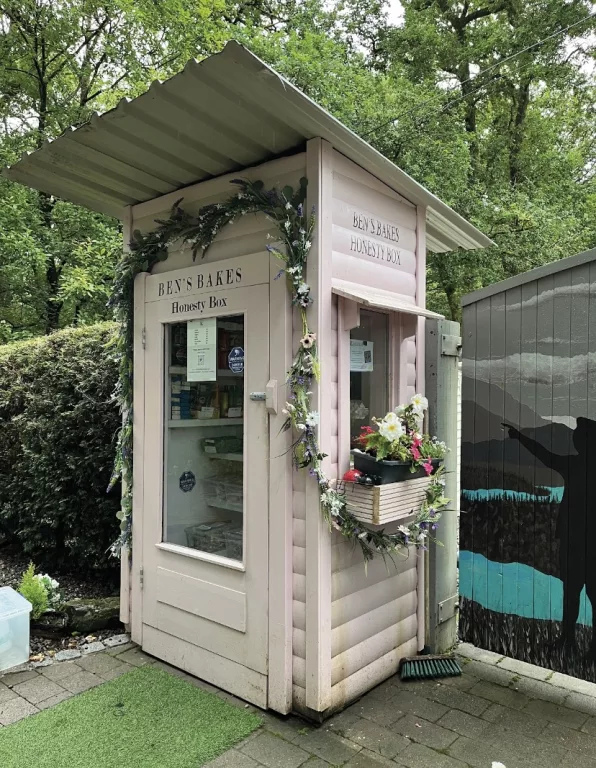
Screenshot
Walkers regularly stumble across what looks like a telephone booth stocked with an impressive selection of snacks, home-baked goods, drinks, basic groceries, and even ready-made meals, adding to the Way’s charm. It’s up to you to add up your haul and tap the unmanned card machine yourself.
Where to go
Next is planning your itinerary. The route is straightforward, demarcated and linear, with only a few forks in the road to choose from depending on the level of difficulty you want.
I believe the reason this trail is so popular and unique is that it is accessible to walkers of all fitness and experience levels. You can tailor it to your ability, budget and time. For a comfortable walking experience where each day ends with a proper roof over your head and a warm bed, there are plenty of cosy inns, hostels and hotels along the way, as well as luggage transfer services your shoulders will thank you for.
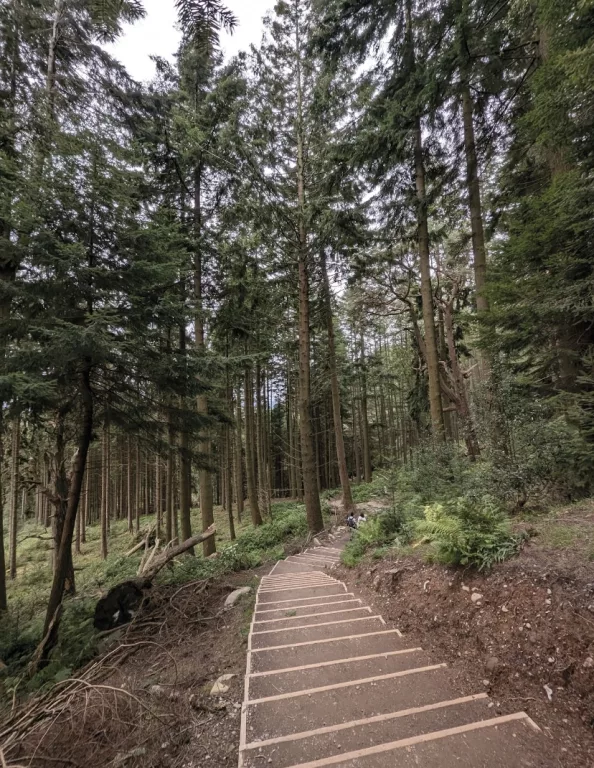
The campsites en route offer a more affordable and rustic experience while, in many cases, still providing luxuries like a hot shower – and a tumble dryer, which is a lifesaver after spending the day slipping on muddy trails in the rain.
My favourite campsite was Beinglas Campsite in Inverarnan. I reached it at the end of one of the most notorious days of the West Highland Way and opted to stay an extra day to make the most of its generous facilities and the stunning view from my tent.
The aptly named The Stagger Inn (thestaggerinn.co.za), attached to the campsite, welcomes bewildered survivors of day three with a hot meal and a drink.
For the ultimate into-the-wild experience, wild camping through the Highlands is legal throughout most of Scotland. There are, however, a few spots where it is not permitted, so double-check before pitching your tent.
The journey from Milngavie to Fort William (156 km) can take five to seven days, depending on your time constraints, bragging aspirations and how much you want to push yourself.
I found an average of 22 km a day comfortable, and it gave me time to stop and take in the many sights, sites and sounds the Way offers. The alternative for those in a hurry is to run it (the current record is 13 hours and 41 minutes).
The road out of Milngavie is a gentle introduction to the upcoming week, with flat bike tracks that wind through farmlands. You share the roads with other day-one walkers and locals for whom stretches of the Way are their daily dog walking route.
Only on the second day, just before you reach the banks of Loch Lomond, do the Highlands begin opening up, and signs of the outside world drift away. Then, the trail becomes more technical as farmlands make way for narrow, rocky paths, tree roots and marshy fields. The terrain remains ever-changing, and relief in the form of a regular road or forest trail is never too far off, even though there are moments when it feels like some stretches of waterlogged bog will never end.
ALSO READ: Tunisia: The jewel of the North
Step back in time
Scotland’s capital city, Edinburgh, celebrated its 900th birthday in 2024. With a major city that old, it is hard to fathom how ancient the Highland history is.
Along the Way are several sites, some in ruins and others carefully maintained, dating back further than the 8th century, which history lovers shouldn’t miss.
MEMORABLE MOMENTS:
St Fillan’s Holy Pool
You’ll find this Holy Pool, said to have been blessed by St Fillian, walking to Tyndrum. People believed it had the power to heal those suffering from mental illnesses by retrieving stones from the river to which they would later return naked and bound and spend the night under an altar.
If the patient was found in the morning having set themselves free, they were declared cured. Whether this treatment worked is debatable, but they practised it until the 19th. The pool is slightly off the trail but is well-signposted.
Rob Roy’s Cave & Drovers Inn
Around Loch Lomond, you may begin to hear the name Rob Roy, a notorious outlaw who lived in the region in the late 1600s.
Observant hikers might come across his cave, said to be one of his many hiding spots, hidden in the rocky trails along the Loch. You’ll probably need a drink when you reach Inverarnan, the town just beyond the Loch.
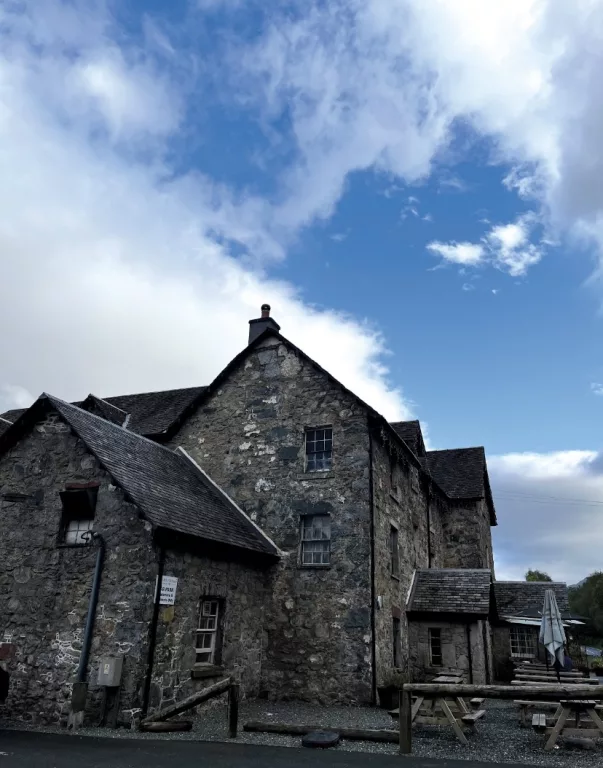
Follow Roy’s footsteps to The Drovers Inn, which has stood for over 300 years and collected an eclectic array of weapons, sculptures, paintings, taxidermy and everything in between to prove it. Although a bit eerie, perhaps because of the resident ghosts, it is worth visiting this historic site.
Enjoy the View
Every stretch of the West Highland Way offers walkers cinematic views and natural wonders. Some are more challenging to get to, but all are well worth the effort.
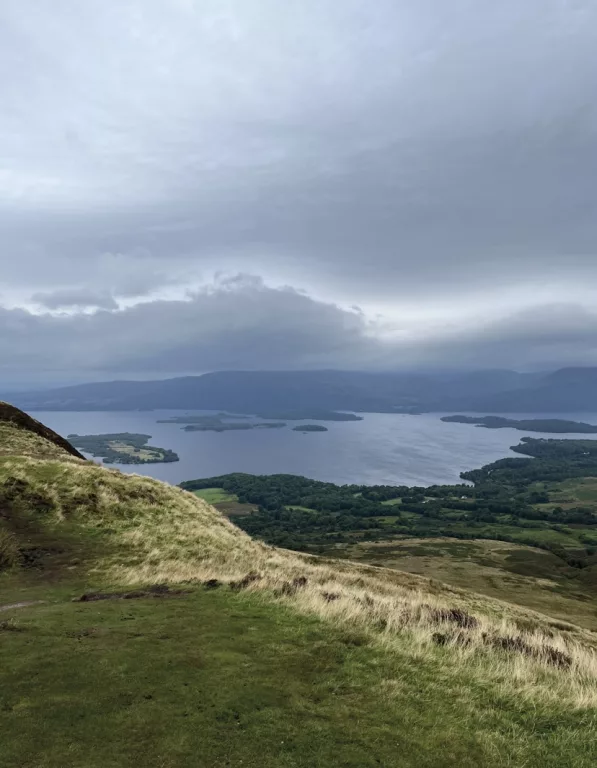
Conic Hill
The first must-see point is Conic Hill, which you reach on the second day of the walk. You can bypass it, but if you use early-days energy, your reward will be an expansive view of Loch Lomond’s inky and unending waters.
The Devil’s Staircase
Nothing is inviting about the name, but this challenging chunk towards the end of the walk brings you to the highest point of the Way and offers an unbeatable vantage point from which to soak up the untouched Glen Coe Valley, all while knowing you have just conquered the hardest part of the West Highland Way.
Falls of Falloch
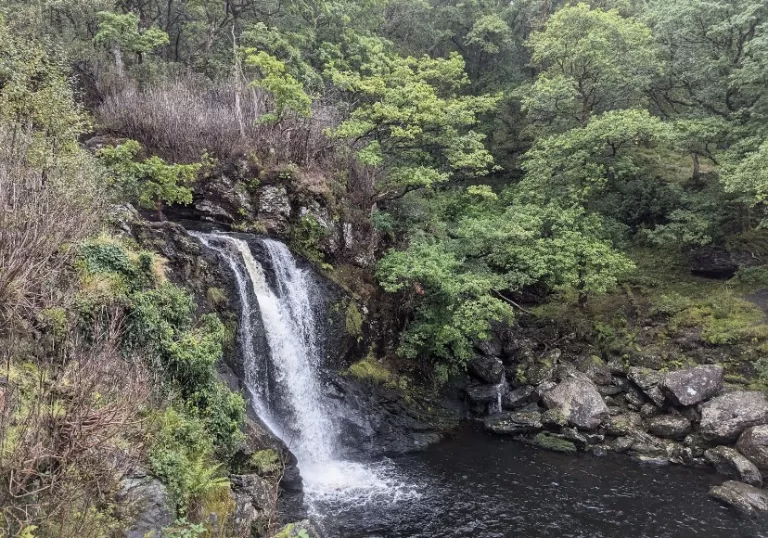
The Falls of Falloch emerged somewhat unexpectedly and was a welcome rest stop on my third day. This beautiful waterfall is a popular picnic spot for those who live nearby – and also has ties to Rob Roy, with its alternative name being Rob Roy’s Bathtub.
But the most memorable moments of the West Highland Way are not those you can list or point to on a map. They are rounding a corner, finding you’re face-to-face with herds of wild goats and highland cows, or watching little frogs hop across a path and into the moss and toadstool-covered forest that looks straight out of a fairy tale. And that a coffee truck or honesty box appears just as your spirits need a pick-me-up.
After having the West Highland Way on my bucket list for several years, I’m pleased to say that it exceeded my hopes and expectations. Capturing the walk’s beauty, charm and uniqueness in words and images is no easy task. The only solution I can offer is to invest in waterproof pants and get to Scotland as soon as possible!
This article was written by Natalie Fraser for Getaway’s January 2025 print edition. Find us on shelves for more!
Pictures: Natalie Fraser, George Lee and Andie Reeves
Follow us on social media for more travel news, inspiration, and guides. You can also tag us to be featured.
TikTok | Instagram | Facebook | Twitter
ALSO READ: Exploring The Great Outdoors in Scandinavia


